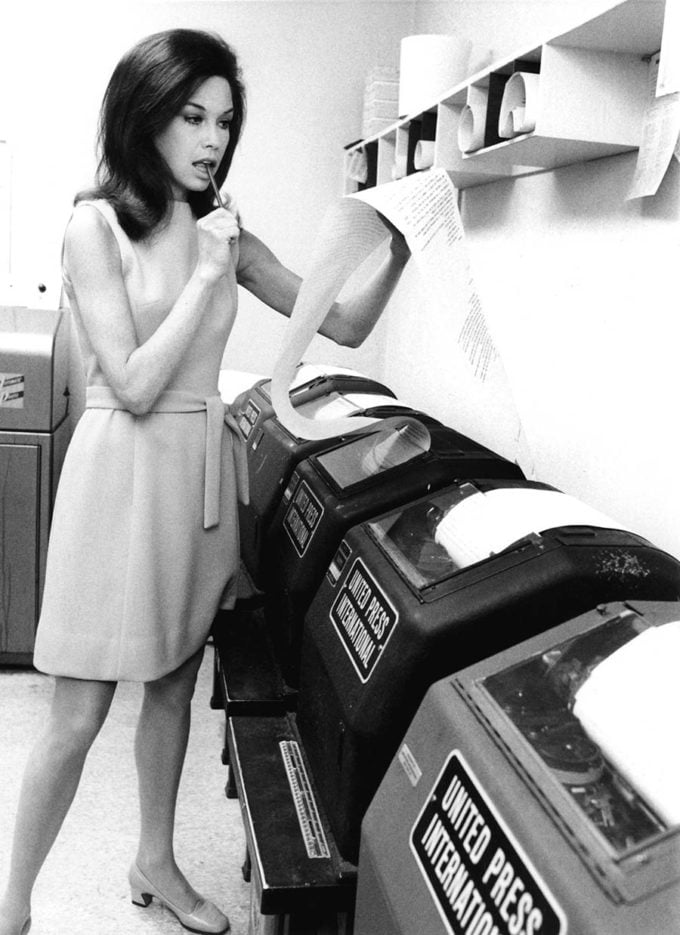
This 30-second habit changed my budget…
Last year, I made it a goal to start building a savings account, but month after month, I ended up spending my entire paycheck. So, looking for ways to save money, I started reading my bank and credit card statements.
Until that point, I had glanced at my account for only two reasons: it was payday or I needed to see how much disposable income I had left over after bills. Otherwise, I steered clear. If I avoided the not-so-good details, it wasn’t really happening, right?
Turns out, this habit is surprisingly common. According to a 2017 study, the National Bureau of Economic Research notes people pay more attention to their financial accounts when they anticipate seeing something positive. This practice is referred to as the “ostrich effect,” since investors often avoid negative information in the same way that ostriches put their heads in the sand.
Reader, I could no longer afford to be the ostrich.
So, I sat down and went through months of online statements. I looked closely at my purchases — item by item — to understand my day-to-day spending habits. Looking for places to cut costs, I noticed impulse buys and recurring digital charges. The small purchases I didn’t think twice about (Korean sheet masks bought online at 11 p.m., Lyft rides home from friends’ apartments) no longer felt so small when added together. I also realized I had enough streaming subscriptions only a media empire could justify, ringing in at a whopping SEVEN (Hulu, Netflix, Amazon Prime, HBO, Showtime, Starz, Spotify, Audible). Three of these I hadn’t used in months, and two I had intended to cancel after my free trial. I was spending over $100 a month to witness Keri Russell’s hair in The Americans.
All these purchases added up to more than double what I had accounted for when I set my monthly budgets. I was setting myself up to fail. Most surprising, though, was the annual amount I spent on things that I forgotten about or didn’t need. For example, cutting back on digital services alone could save me up to $1,000 dollars a year. Confronting my statements made me take full responsibility for my finances — both the highs and the lows.
These days, I check my account every morning, and it takes less than a minute. It was crucial to know where I stood before moving forward with more ambitious money goals. (And now when I buy a Korean sheet mask, I *appreciate* it.)
There are also apps to help manage your bank account. The New York Times recommends Trim to find recurring subscriptions; my friends rave about Mint for tracking bills and monitoring fees; and I’m excited to try Digit, which discreetly takes money from your checking account and puts it into savings AND sends daily texts about your bank account balance.
What about you? What’s the best thing you’ve done for your finances? Any tips for sticking to a budget? Any apps you recommend?
P.S. The $2 lunch I swear by, and do you talk to your friends about money?
(Photo of Mary Tyler Moore.)
 PREVIOUS ARTICLE
PREVIOUS ARTICLE